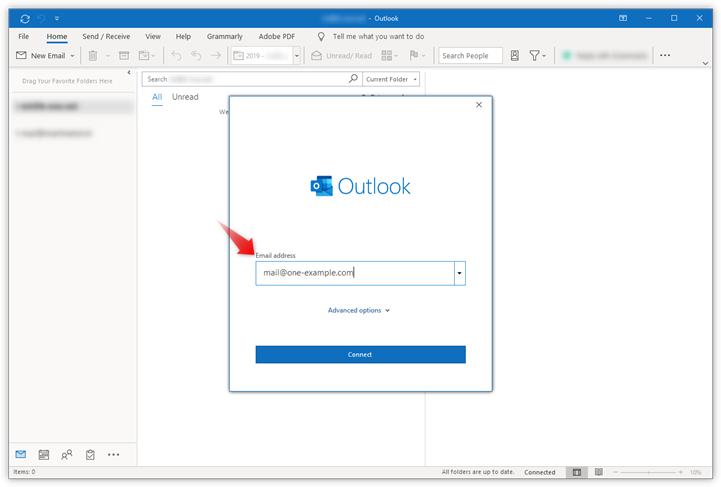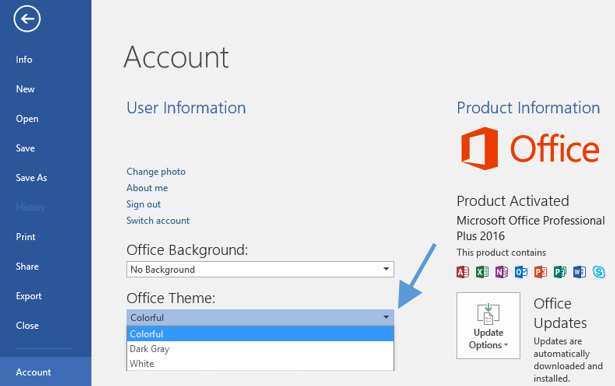

If you use the Settings Template Catalog Path to manage templates on users’ computers, copy the Office template into the folder defined in the UE-V service. Registering template with Template Catalog Path. If you use Windows PowerShell to manage computers, run the following Windows PowerShell command as Administrator to register this settings location template: Register-UevTemplate -Path įor more information about using UE-V and Windows PowerShell, see Managing UE-V settings location templates using Windows PowerShell and WMI. You can deploy UE-V settings location template with the following methods: Microsoft SharePoint Designer 2013 (not updated for 2016) Microsoft Office Applications supported by the UE-V templates 2016

Office 2010 templates (UE-V 1.0 and 1.0 SP1) Office 2013 templates (UE-V for Windows 10 and UE-V 2.x, available on UE-V gallery)


Review the following tables for details about Office support in UE-V: Supported UE-V templates for Microsoft Office Office 2016 templates (UE-V for Windows 10 and Windows 10, version 1607, available in UE-V gallery) For a list of Office 365-specific settings, see Overview of user and roaming settings for Office. Microsoft Office 2016 settings roamed by Office 365 experience are not included in these settings. These templates help synchronize users’ Office experience between devices. Now that UE-V is a feature in Windows 10, version 1607, settings location templates are installed when you install or upgrade to the new operating system. In previous versions of UE-V, settings location templates for Office 2013 and Office 2010 were distributed and registered when you installed the UE-V agent. UE-V includes settings location templates for Microsoft Office 2016, 2013, and 2010. This resource provides Microsoft-authored UE-V settings location templates as well as community-developed settings location templates. To synchronize Office applications settings, you can download Office templates from the User Experience Virtualization (UE-V) Template Gallery. The combination of UE-V and App-V support for Office enables the same experience on virtualized instances of Office from any UE-V-enabled device or virtualized desktop. Microsoft User Experience Virtualization (UE-V) supports the synchronization of Microsoft Office application settings.


 0 kommentar(er)
0 kommentar(er)
